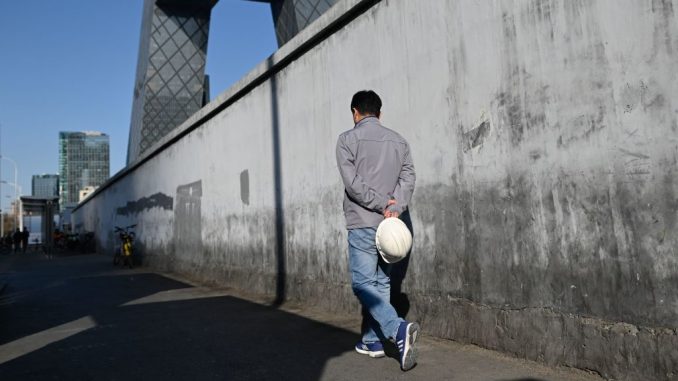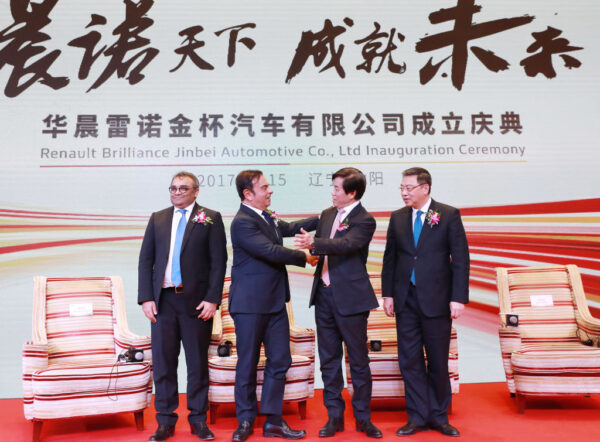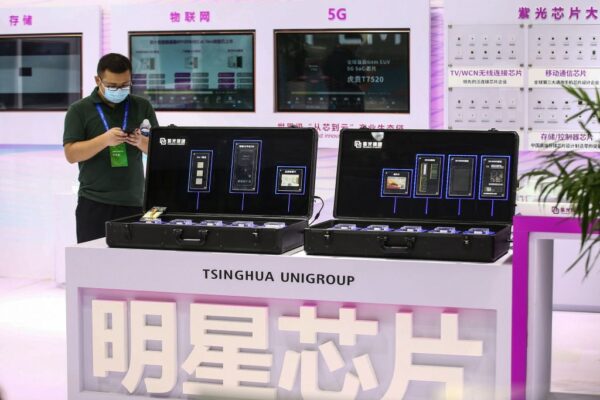
News Analysis
The debt crisis of China’s state-owned enterprises (SOEs) has been deepening since 2020. Beijing has recently issued a report to address the issue as several SOEs have defaulted on loans in recent months.
The State Council of China recently issued the report “The Guideline on Enhancing Debt Risk Control of Local State-owned Enterprises” on March 28. Beijing requires state-owned firms to create the following: a mechanism to identify and monitor debt; a mechanism to control debt; a mechanism to support the life cycle of a bond; and a long-term mechanism for debt risk management.
In the same month when the guideline was issued, state-owned coal company Jizhong Energy Group missed part of it payments on two bonds; while Chongqing Energy Investment Group, the only local energy platform wholly owned by the Chongqing municipal government, defaulted on its bank notes.
In November 2020, China saw consecutive defaults by a number of SOEs, including Yongcheng Coal and Electricity Hold Group, Brilliance Auto, and Tsinghua Unigroup.

According to a report by Shanghai Securities Co., from 2018 to 2019, the default of bonds mainly occurred in private enterprises; while in 2020, the SOEs became the main defaulters.
In an interview with The Epoch Times, Hong Kong-based financial analyst Katherine Jiang said that the defaults by SOEs highlight the weakness of the large SOEs under the Chinese regime. These SOEs have accumulated huge debts during the Chinese Communist Party (CCP)’s credit expansion over the years without improving their own profitability.
The defaults by SOEs also undermine a key factor in their success in raising capital in the market, and that is the support from the regime and the credibility of the CCP—this in turn undermines the stability of China’s financial system, Jiang said.
SOEs: A ‘Shadow Play’ Under the CCP’s Credit Expansion
China expert Shi Shan told The Epoch Times that SOEs are like the CCP’s “shadow play”–he compared SOEs and puppets on stage. A small puppet appears much bigger when it is illuminated by the lights behind it, but it is just an effect. Similarly, the expansion of credit has inflated the SOEs, but they lack actual strength.
With easy credit, SOEs were able to borrow cheap money from banks to make large investments, which inflated the size of SOEs’ assets. But the profitability of their investments were not high.
According to Haitong Securities, in the past 20 years, China saw four credit expansions that occurred in 2006 to 2007, 2008 to 2010, 2012 to 2013, and 2015 to 2017. These expansions stimulated the economy, and were followed by a rapid increase in the size of national debt.
With access to large amounts of cheap capital, Chinese companies have expanded rapidly, with 124 companies from mainland China (including Hong Kong) making the 2020 Fortune Global 500 list, surpassing the United States for the first time, which had 121 companies on the list.
The Chinese companies on the list are mainly SOEs, including 48 enterprises controlled by the central government, and 32 local state-owned enterprises.
In 1997, only four companies from mainland China were on the list.
However, according to an article by Fortune Global 500, Chinese companies are less profitable. The average profit of the 124 mainland Chinese companies on the list is less than $3.6 billion, about half that of U.S. companies, and less than the average profit of $4.1 billion of the 500 largest companies in the world.
The average profit margin of the mainland Chinese companies on the list is 5.4 percent, which is lower than the 8.6 percent of the U.S. companies.
The average return on net assets of the Chinese companies on the list is 9.8 percent, which is also lower than the 17 percent of the U.S. companies.

High Financial Costs and Huge Debt Risk
The debt fund investment with low returns has also brought SOEs huge amounts of debts, high financial costs, and huge debt risk.
Take China Minmetals Corporation, a Fortune 500 company, as an example. In 2019, the company’s interest expenses was as high as $14.1 billion, while its net profit after tax for the year was $10.4 billion, which is less than its interest expenses.
According to the rating report by China Chengxin Credit Rating Group, China Minmetals’ 2019 debt asset ratio is 76.5 percent, and its total debt is 8.24 times its total earnings before interest, taxes, depreciation, and amortization. This means that it could take more than eight years for the company to repay its debt through its own operations.
Jiang said that with high leverage, SOEs rely heavily on refinancing to repay their debts, either through bank borrowing or by issuing bonds in the debt market to pay off upcoming maturities.
Because of the SOEs’ weak ability to generate cash flow on their own, investors in the bond market often consider the ability of SOEs to receive support from the government as an important factor in their investment decisions.
Government support is also an important aspect of the credit ratings assigned to SOEs by the three major international rating agencies—Moodys, S&P, and Fitch Ratings.
All the major Chinese banks are owned by the CCP, which means that the CCP is both the borrower and the lender when it comes to SOEs’ bank financing, Jiang said. Local governments are intermediaries between SOEs and banks.
If SOEs do not improve their own financial situation and rely only on government support to repay their debts through refinancing, then SOEs’ debts will snowball and the risk of debt will continue to grow until the CCP can no longer support these enterprises, Jiang said.
When that day comes, the entire financial system will be at risk, he added.
On March 15, during an executive meeting of the State Council of China, officials proposed that the “government leverage should be reduced” in assisting SOEs this year. And immediately afterwards, the CCP released a report on controlling debt among SOEs. This reveals the CCP is concerned about the debt crisis and want SOEs to be held accountable.
According to the Institute International Finance, China’s debt has reached 335 percent of its GDP by 2020, with non-financial corporate debt accounting for 164.7 percent of its GDP; while in the United States, non-financial corporate debt accounts for 81.8 percent of GDP.
China’s banks are also facing the problem of bad loans. Guo Shuqing, chairman of the China Banking and Insurance Regulatory Commission, said on March 2 that the banking sector got rid of 8.8 trillion yuan (about $1.34 trillion) of non-performing loans from 2017 to 2020, more than the sum of the previous 12 years. In 2020 alone, 3.02 trillion yuan (about $477 billion) of bad loans were removed. Banks needed to replenish their capital to defend against the risk of bad loans.
Meanwhile, China’s local government debt is approaching an alarming level and local governments are under increasing pressure to pay back the loans. Xue Zhaoqian, deputy director of the Center for Government Debt Research and Evaluation of the Ministry of Finance revealed at a seminar that the local governments’ bond debt balance would reach 26 trillion yuan (about $4 trillion) by the end of 2020.
According to Guosheng Securities, the explicit debt ratio of local governments reached 97.2 percent in 2020, which is close to the lower limit of the international risk level stipulated under the Maastricht Treaty.
Jiang said the bad debts of the banks, as well as the debt pressure of local governments make it hard for the CCP to bail out the SOEs. Neither the banks nor the local governments are capable of bearing the debts for the SOEs.
However, if Chinese authorities don’t take action and allow SOEs to default on their loans, it would negatively affect the image and credibility of the CCP.





2 Trackbacks / Pingbacks